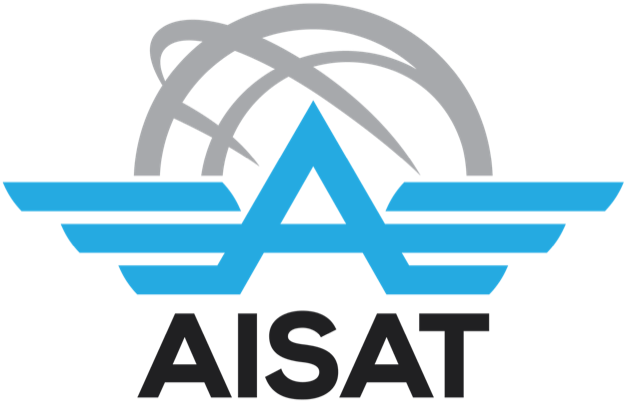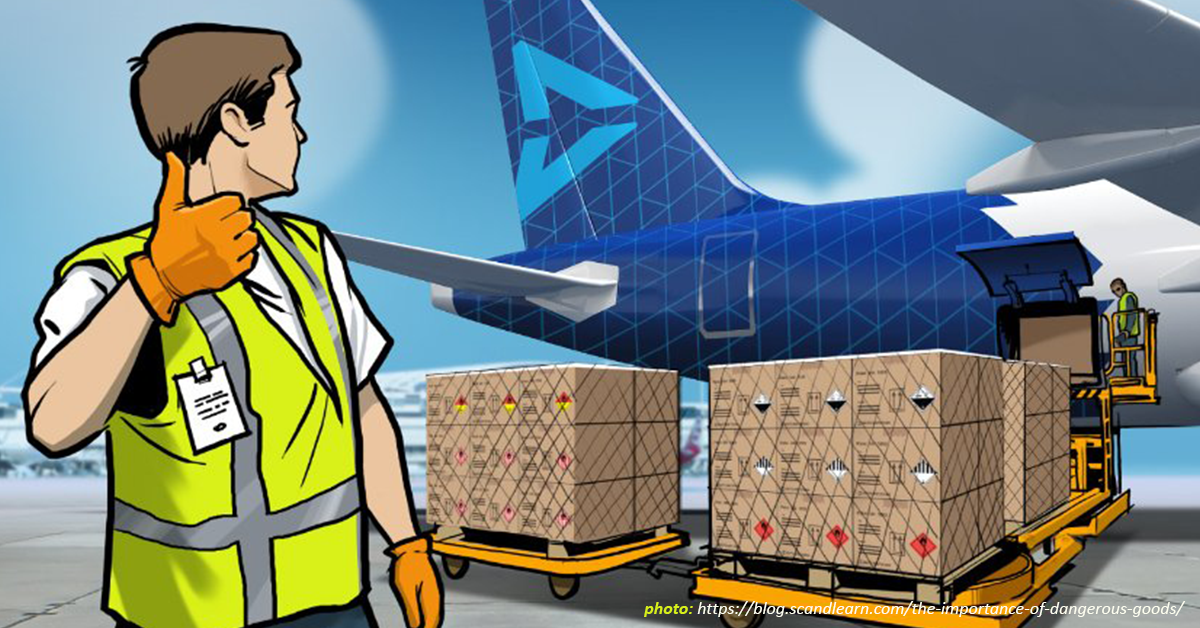August 31, 2022
by Jeremiah Agonia
In the world of aviation, safety is the top priority. No single detail passes through without undergoing an intensive inspection. From the number of passengers onboard, cabin crew who will take charge of each flight, maintenance for performance of the aircraft, important flight documents, and cargo sections, everything is thoroughly checked. An aircraft is not permitted to depart unless every strand acquires approval to be part of the flight operation. This only emphasizes that in aviation, nothing is overlooked, even the tiniest details. The cargo department is one of the few aspects that the industry makes sure to assess in every flight. While airplanes can transport items from one place to another, this does not automatically mean that anything the passengers wish to carry with them is authorized to be on the flight. There are various substances and materials that the aviation industry cannot transport for possessing a natural risk to the safety of the people onboard and the condition of the aircraft. From the aviation perspective, this notion is referred to as the transportation of dangerous goods.
Being equipped with deepened knowledge concerning the transportation of dangerous goods is essential, especially for individuals who wish to work in the industry in the future. In line with this, the third-year students of BS Aviation Management major in Airline Operations joined an online training entitled “Dangerous Goods Regulations”. As a part of their lesson in their Aviation Safety Management 2 subject, the students participated in the two-day online training last August 11 and 16. The Safe Skies Aviation Training Center, an airline cabin crew training center, facilitated the conference in partnership with the Asian International School of Aeronautics and Technology (AISAT). On August 11, around nine in the morning, the first day of the program commenced with Ma’am Xaxa Manalo Gochangco, the President of Safe Skies Aviation Training Center, as the first speaker. Getting a grip on the beauty of the aviation industry began the ball rolling for the program. As the speaker talked about the various aspects of aviation, her firsthand experiences were also shared. Giving hope to the young aviation enthusiasts that the industry is for anyone with the desire and passion for it. Proceeding to the main objective of the event, Ma’am Xaxa introduced the main speaker, the Director of Training, Sir Polans Gochangco, who launched the significance of being well-informed on how Dangerous Goods are transported by air. On August 16, the second day and continuation of the event, the whole duration was dedicated to allowing the participants to be familiarized with the nine different classifications of Dangerous Goods. Proper handling of these types of goods, when stored inside the aircraft’s cargo, was also taught by the speaker. Sir Polans circulated his talk around how hazards, risks, dangerous goods, loading and stowage of hazardous goods, and the roles of the different aviation employees go hand in hand to maintain the aviation industry’s safety.
Despite the webinar lasting only two days, the third-year students were able to grasp different values by the end of the event. According to Neil Dondonayos, most non-aviation people acting as ordinary passengers on a flight do not realize that even tiny containers, they bring along with them could be part of the dangerous goods list. He realized that anyone or even him could be carrying a perilous good without knowing it. Luckily, with the help of this online training, he became more familiar with which items to avoid bringing when he boards the aircraft again in his future travels. Moreover, Odyssey Grana also mentioned that the webinar benefited him as an Aviation Management student as it allowed him to be advanced and attain awareness on how to manage those types of goods when he works in the upcoming years. This webinar did not only serve the purpose of completing a topic in a subject. More so, it trains the students to be experts, competent, and knowledgeable enough when their time to manage in the aviation industry comes. It bridged the gap between ignorance and comprehension among AISAT’s pioneering Aviation Management students.

